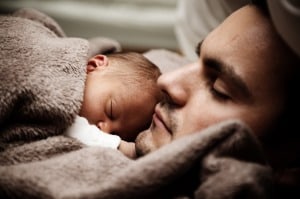
The researchers evaluated two groups of infants: 22 typically developing infants with no family history of autism and 44 baby siblings—also known as “baby sibs”—of children with ASD. Baby sibs have a higher risk of developing autism than siblings of children without autism. Of the baby sibs in this study, half were later diagnosed with autism.
The infants were observed at 6, 12, and 18 months of age. During these observations, the researchers videotaped the infants and measured the duration and frequency of their smiles. At age three, they videotaped the infants again while a trained examiner administered the Autism Observation Scale for Infants to determine if the children had ASD.
As the infants aged, their smile duration increased. Smile duration did was comparable between the groups at all ages. Smiling frequency also increased with age. By age 12 months, babies later diagnosed with autism smiled less frequently than typically developing infants, a trend that persisted when the infants were assessed again at 18 months.
The results of this study corroborate other studies suggesting that children later diagnosed with autism smile less than typically developing children during the first two years of life. Unlike other studies, the present study used recordings taken in a clinical environment. Many related studies used home videos. Home videos may not be as accurate because parents tend to take videos during happy moments.
The findings could help clinicians identifying infants at risk of being diagnosed with autism.
This research is published in the Journal of Abnormal Child Psychology.
Previous news in autism:
- In vitro fertilization not a risk factor for autism
- Autism and ADHD: Brain connectivity issues not identical



 © 2024 Unyte Health US Inc.
© 2024 Unyte Health US Inc.